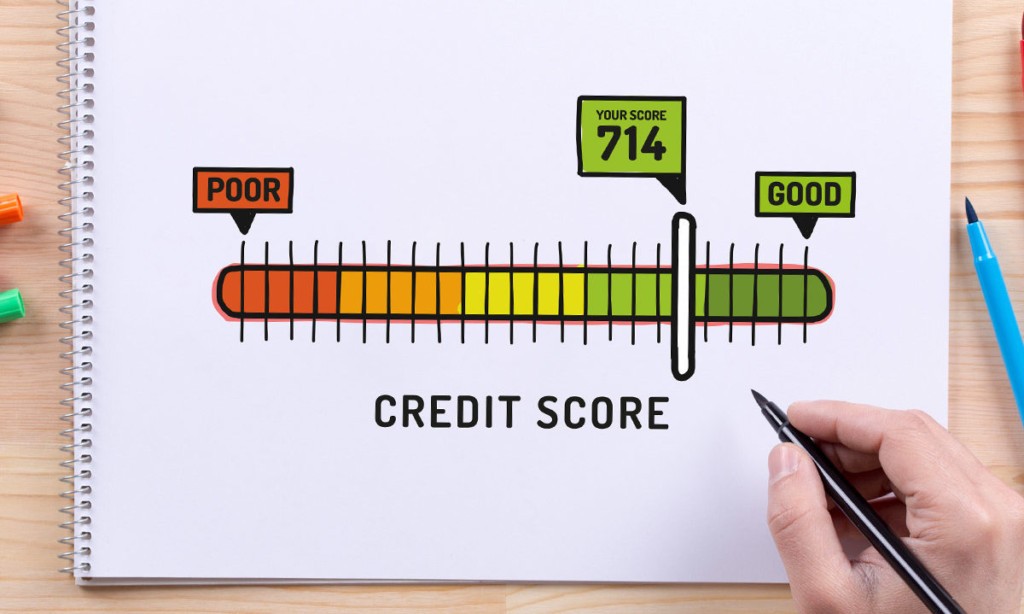
When you know what your credit score looks like and why, you can get a better understanding of the types of loans you should be going after. There are a few different credit scoring models but the most frequently used version by lenders and creditors is your FICO score.
Here are the five aspects that contribute to your FICO score:
- Payment history (late payments hurt your score)
- Credit utilization (how much debt you have compared to your total lines of credit)
- Age of accounts (how long you’ve had credit in your name)
- Credit mix (what types of debt you carry: revolving versus installment)
- Credit Inquiries (how many credit applications you’ve submitted in the last year)
Each factor has a different weight assigned to it, with payment history and credit utilization being the two most important ones. While it’s impossible to know the exact details of the FICO algorithm, it’s pretty clear that if you have multiple late payments, accounts in default, or a large amount of debt, your credit score will suffer.
What exactly is bad credit?
On the FICO scale, scores range from 300 (the lowest score possible) to and 850 (the highest score possible). Bad credit is typically considered anything below a 580. If you check your credit score and are in that lower tier, you know that you’ll likely only qualify for loans that are aimed at people with poor credit.
If you do get declined for a loan or credit card, remember that you’re legally allowed to request your credit score that was pulled by the creditor, along with the reason for having your application declined. This can be useful information you can use to your advantage rather than simply being stuck with a loan denial.
How to Build Your Credit
In an instance where you’re declined a loan or credit card and receive your credit score information, you can use that knowledge as power. You basically get to review your credit score for free, and get advice on what to improve to help your application get approved the next time.
Even if your credit score is in the “bad” range, don’t feel overwhelmed.
You don’t need an 850 FICO score to qualify for a loan. Incremental improvements over time can help out a lot.
FICO scores are actually broken down into five categories: exceptional, very good, good, fair, and very poor (or bad). Even bumping up your score by a few points can boost you into the next category. That automatically gives you a better chance of qualifying for a loan in the first place, and eventually getting more favorable rates and terms.
Here are a few simple things you can do to rebuild your credit score when preparing for a bad credit loan application.
Dispute inaccurate items. Order a free copy of your credit report and check it for accuracy. It’s quite likely you may have something incorrect listed and if you do, you can dispute it directly with the credit bureau. If it’s removed, you should see your score improve.
Pay your bills on time. This tactic takes time, but it’s one of the most important things you can do to prevent your score from dropping further and continue to build it over time. Buckle down and prioritize your bill payments each month because anything reported to the credit bureaus over 30 days late will hurt your credit.
Pay down your debt. Too much debt causes your score to drop, especially if it’s revolving debt from credit cards or a line of credit. Put your extra money towards lowering those bills, and you’ll not only save yourself money in interest payments, you’ll also notice your credit score increase.
Improving your bad credit takes behavioral changes both in the short term and the long term. Paired together, you’ll be well positioned to not only see a big change in your credit score, but also start getting much more favorable credit offers when you need them.